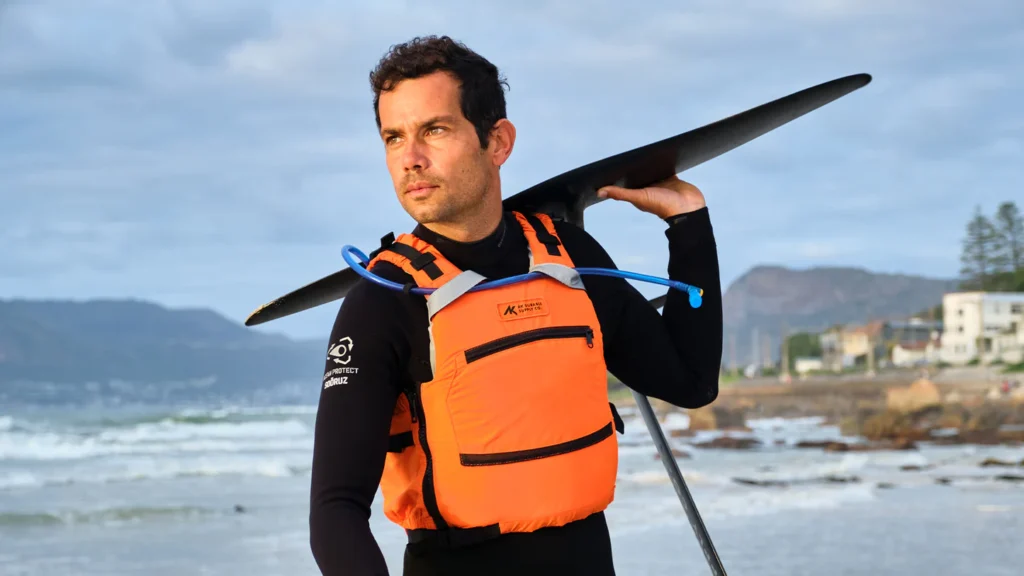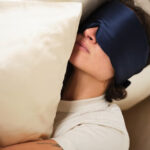Choosing the right flotation vest (also known as a life jacket or personal flotation device) is key to your safety on the water. Whether you’re boating, dinghy sailing, or offshore sailing, the right buoyancy aid can be the difference between life and death. Companies like Get On The Water offer a variety of high-quality life jackets designed to keep you safe and afloat in all types of water conditions. Here’s what to look for in a personal flotation device that suits you.
1. Types of Flotation Devices
There are different types of life vests and knowing which one is right for your activity is important. Here’s a breakdown:
- Buoyancy Aid (Type III PFDs): Suitable for dinghy sailing, kayaking and other water sports. These provide enough buoyancy but are not designed to turn an unconscious person onto their back.
- Life Jackets (Type I & II PFDs): These are designed to keep a person’s head above water, Type I is suitable for offshore use. Type II life jackets are more suited for near-shore activities.
- Automatic Life Jackets: These life vests automatically inflate when they come into contact with water or when the wearer pulls a manual activation cord. Suitable for offshore and rough water activities.
- Type IV PFDs: These are throwable flotation devices and are not meant to be worn. A good example would be a ring buoy or a seat cushion that can be thrown to someone in trouble.
2. Right Size and Fit
Wearing a life jacket that fits properly is key to your safety. A life vest that’s too big will slip off and one that’s too small won’t provide enough buoyancy. To check for the perfect fit:
- Chest Size and Weight: Most life jackets and buoyancy aids are categorized by chest size and weight, so make sure you get the right size.
- Snug Fit: The jacket should fit snugly without restricting movement, especially around the shoulders and arms. You want to have freedom of movement for swimming or operating a boat.
- Crotch Strap: A good fitting crotch strap is essential, especially for kids, as they prevent the life jacket from riding up and slipping over the wearer’s head in the water. Without a suitable crotch strap the life jacket is almost irrelevant.
3. What to Look For
To choose the best life jacket make sure it has:
- Sufficient Buoyancy: The buoyancy level should match the water activity and conditions you’re in. Cold water requires more buoyancy to keep the wearer afloat.
- Reflective Tape: Reflective strips make the jacket visible in low light conditions, a must have for rescue scenarios.
- Crotch Straps: Important for both adults and kids, crotch straps keep the vest in place when in the water.
- CE Mark: This mark means the jacket meets a high standard of safety, required in many countries for water safety gear.
- Manual Activation or Gas Cylinder: Life vests with manual activation allow you to inflate the vest using a gas cylinder in an emergency.
4. Kids
If you’re getting a life jacket for a child look for:
- Head Support: A good child’s life jacket will keep the child’s head above water and provide extra buoyancy at the back.
- Crotch Straps: These prevent the jacket from riding up over a child’s head when they’re in the water.
- Right Weight and Size: Make sure the life jacket fits the child’s weight for it to work.
5. When to wear
You need to know when and where to wear your life jacket. Whether you’re on a boat or in the water for water sports, wearing a life jacket can save your life in an emergency. Cold water, sea spray or sudden rough weather can make subsequent action impossible without flotation gear.
6. Personal Flotation Devices for Different Activities
- Dinghy Sailing: Buoyancy aids are used, enough buoyancy to keep you afloat.
- Offshore Sailing: Automatic life jacket or Type I life jacket is recommended, especially for rough or open water where the Coast Guard might be your only lifeline.
- Recreational Boating: For calm water recreational activities, Type II life jackets or buoyancy aids will often be enough.
7. Life Jacket Safety
Here are some safety tips to follow:
- Wear a life jacket near water, especially in boats and make sure it fits.
- Check the gas cylinder or manual inflation systems on automatic life jackets regularly to make sure they work.
- Even life jackets designed to keep an unconscious person afloat may not work in rough seas or cold water.
8. How Life Jackets Work
Life jackets are designed to keep you afloat by providing buoyancy. Some are automatic, inflating when submerged, others are foam filled and ready to use without inflation. Knowing how life jackets work will help you choose the right one for you.
9. Life Jacket Maintenance
Maintaining your life vest is key to making sure it works when you need it. Here’s how:
- Inspect Regularly: Check for wear and tear, especially around the gas cylinder or crotch straps.
- Dry After Use: Saltwater can cause damage over time, so make sure to dry your life jacket thoroughly after each use.
- Replace if Damaged: Any rips, broken straps or worn out reflective tape can compromise the vest. Replace immediately if you see any damage.
Conclusion
When choosing a flotation vest, consider the activity, fit, buoyancy level, and key safety features to make sure you get the right life jacket for you. The right life jacket or personal flotation device will keep you safe and give you peace of mind. Get On The Water provides a range of reliable life jackets to suit different water activities, ensuring you stay protected. Wear it properly, check it before every use, and replace it when necessary to stay safe on the water.







